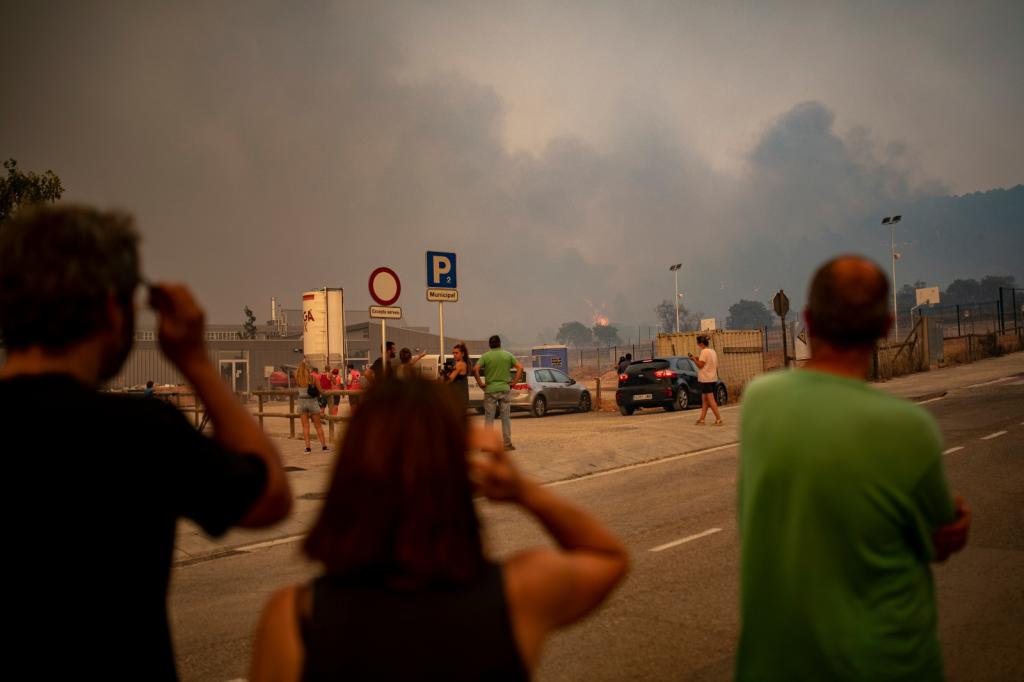By the end of this century, hotter nights may contribute to a 60 percent increase in the global mortality rate, according to new research.
A study in Lancet Planetary Health released on Monday looked at how nighttime temperatures are on the rise across China, Japan, and Korea. It estimated that nighttime temperatures may increase by almost 35 degrees, from 68.7 degrees Fahrenheit to 103.5, in 28 large cities across East Asia, and are expected to surpass the increase in daytime temperatures.
“We project at least a doubling intensity of hot night with higher increase in mortality burden due to hot nights,” study authors wrote, “suggesting a growing role of night-time warming in heat-related health effects in a changing climate.”
The authors, including researchers in China, South Korea, Japan, Germany and the United States, noted that most research has focused on rising daytime temperatures’ effect on various populations but that little research has been done on night-time temperatures. Last year, a paper in the Epidemiology Journal found a similar connection between hot nights and a rising mortality rate in southern Europe.
The latest report comes in the middle of an oppressively hot summer. In the United States, the average temperature in July was 76.4 degrees Fahrenheit, nearly 3 degrees above average, making this year the third warmest in a 128-year record, according to the National Oceanic and Atmospheric Administration. Europe also saw record-breaking temperatures this July, according to the European Union’s Copernicus Atmosphere Monitoring Service. Many European cities experienced an intense heat wave, with temperatures jumping 18 degrees Fahrenheit above average. The simmering heat poses a threat to public health: The Environmental Protection Agency estimates that extreme heat causes more than 1,300 deaths every year in the United States.
The newly released study in Lancet noted that future heat-wave modeling and mitigation efforts should move beyond tracking daytime heat, especially in protecting vulnerable populations during sweltering nights.
“Locally, heat during the night should be taken into account when designing the future heat wave warning system,” said study co-author and climate scientist Yuqiang Zhang in a statement, “especially for vulnerable populations and low-income communities who may not be able to afford the additional expense of air conditioning.”
Children and pregnant women, older adults, people with disabilities, and those with chronic medical conditions are more susceptible to problems caused by extreme heat. In 2020, older adults experienced 3.1 billion more days of exposure to heat waves on average, and children under a year old were subjected to 626 million more heat wave days than average, according to the Lancet’s 2021 comprehensive report on climate change and public health.
The Lancet Planetary Health study also noted that, even under strict greenhouse gas reduction scenarios and the achievement of global climate goals such as the Paris Climate Agreement, the number of hot, intense nights are expected to rise.




